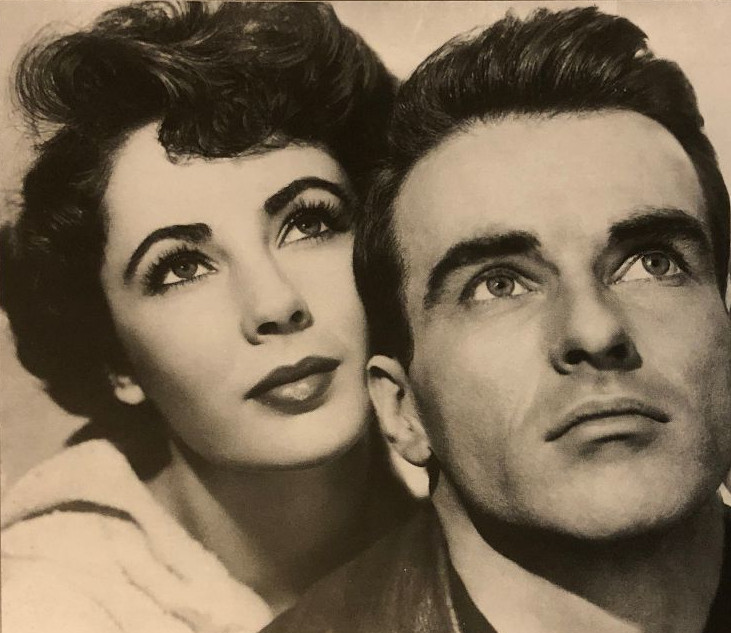Review by Dr. M. Emanuele
The book Elizabeth and Monty by Charles Casillo is an enlightening glimpse of the intertwined lives of the movie icons Elizabeth Taylor and Montgomery Clift. Although there are numerous salacious episodes both of Monty’s escapades and Liz’s liasons and marriages, the book is also documented with details of their childhood and their movie careers. As one reads through the details, it becomes hard to decipher which had more tragedy in their lives and which contributed to more destructiveness in their behaviour.
As a psychologist, one must learn early on “that everyone can’t be saved.” As much as one might try and want to save the world, some will fall by the wayside. As in the case of Monty, many friends and lovers tried over the years to intervene in his destructive and disruptive behaviour – but in reality none succeeded very long.
Competent psychologists learn that the only way for a person to change his/her behaviour is to participate in the solutions. Having a psychologist tell the patient what has to be done is useless. The patient must figure out for themselves what has to change by brainstorming. If a patient does not take ownership in the solutions – nothing will change.
The author details incident after incident of Monty’s behaviour, alluding back to his mother Sunny (and the father’s indifference) as the root of the problem. However, as science has shown, to some extent environment is a possible source of Monty’s mental disorders. Genetics often also plays a crucial role – especially in alcoholism.
The book elaborates on Monty’s numerous sexual encounters, writing “he became a sexual prop.” Amazingly handsome, “an embarrassing, inescapable reality tormented him. He had a small penis.” Producer Frank Taylor, who had sex with Monty, recalled “This beautiful face, you know, but there was no cock really.” From a female perspective, we have the words of Eva Marie Saint. “He was so beautiful. I felt a little self-conscious in his presence. He was just a very private person.”
It details his drunken car accident (in 1956 at age 35) after which his features were never the same. A quote from Marilyn Monroe is telling. “He is the only person I know in worse shape than I am.” He died at age 45; she died at age 36.
The book also chronicles Elizabeth’s many marriages and elaborate on her extensive movie career and details of the inner workings and interacting on the set. After her divorce from Eddie Fisher, “ironically Debbie Reynolds came back into Elizabeth’s life. They became good friends, often watching movies together in Liz’s bedroom.”
In conclusion, salacious details aside, the book is well chronicled and abounds with details never before brought to light. For those who are enamoured by the lives of movie stars – this is a great read of the behind-the-scenes antics.
The book could have provided a little more background and history on Monty’s fraternal twin sister Roberta and his brother Brooks and Liz’s father Francis. Also, the origin of why Monty called Elizabeth “Bessie Mae” is never made clear.
Elizabeth and Monty: The Untold Story of Their Intimate Friendship is by Kensington Publishing Corp., New York.

